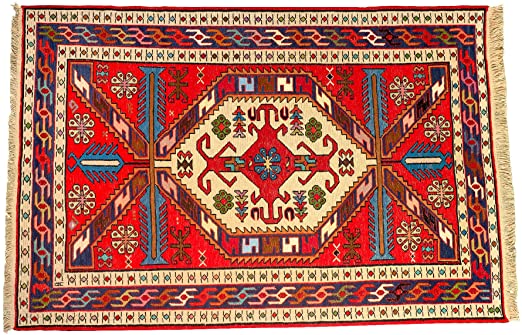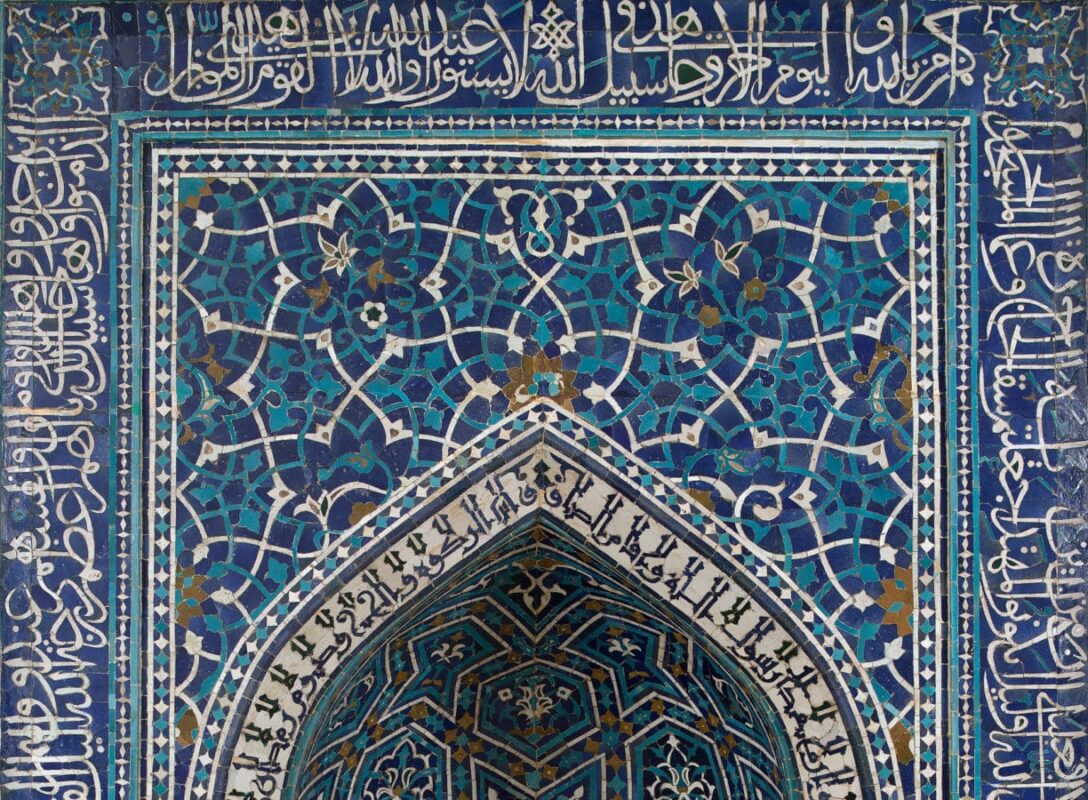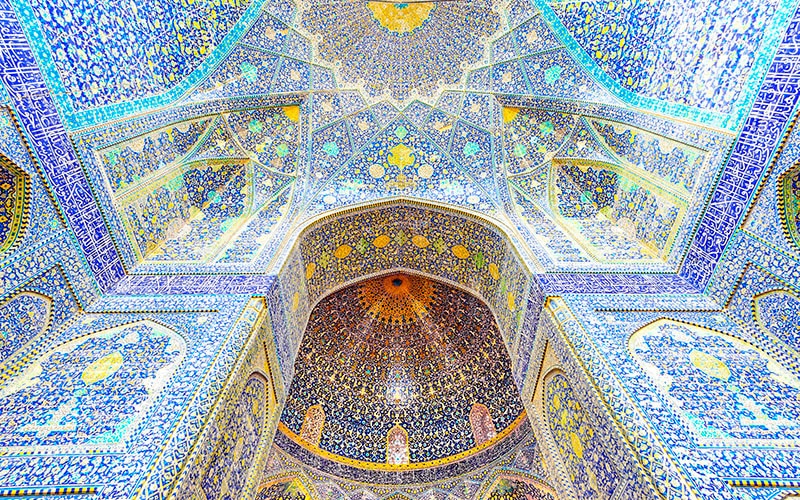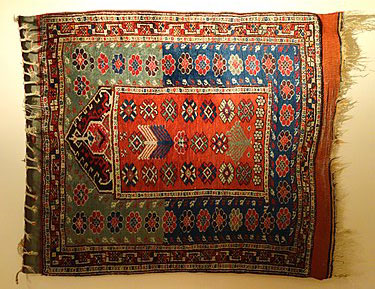
WHAT ARE THE FEATURES OF TURKISH WOOL CARPETS ?
Anatolian Turkish Wool carpet is a term of convenience, commonly used today to denote rugs and carpets woven in Anatolia (or Asia minor) and its adjacent regions. Geographically, its area of production can be compared to the territories which were historically dominated by the Ottoman Empire. It denotes a knotted, pile-woven floor or wall covering which is produced for home use, local sale, and export. Together with the flat-woven kilim, Anatolian carpets represent an essential part of the regional culture, which is officially understood as the Culture of Turkey today and derives from the ethnic, religious and cultural pluralism of one of the most ancient centres of human civilisation.
History of Turkish Wool Carpets
Turkish wool carpets are sometimes also named Anatolian carpets . The oldest Turkish carpets found, originate from the 13th century and can be found in the city of Konya, which for a long time was the center for Turkish carpet manufacturing. Carpets that were made in the 16th and 17th century are fully comparable with the Persian carpets.
Carpet weaving represents a traditional craft dating back to prehistoric times. Rugs were woven much earlier than even the oldest surviving rugs like the Pazyryk rug would suggest. During its long history, the art and craft of the woven carpet has absorbed and integrated different cultural traditions. Traces of Byzantine design can be observed in Anatolian carpets ; Turkish peoples migrating from Central Asia, as well as Armenian people, Caucasian and Kurdic tribes either living in, or migrating to Anatolia at different times in history contributed their traditional motifs and ornaments. The arrival of Islam and the development of the Islamic art has profoundly influenced the Anatolian carpet design. Its ornaments and patterns thus reflect the political history and social diversity of the area. However, scientific research was unable, as yet, to attribute any particular design feature to any specific ethnic or regional tradition, or even to differentiate between nomadic and village design patterns.
The Turkish carpets are highly influenced by the Greeks which back in time dominated carpet manufacturing. The carpets which are thicker, consists of wool, cotton and silk and are always tied with a Turkish knot, also called Ghiordes knot or Turkbaff . Commonly used patterns are based on prayer niches with more geometrical motifs. Humans and animals are not portrayed since the Quran does not allow this.
Features
Turkish wool carpet are famous for their beautiful and complex patterns and rich, naturally-dyed colors. They come in various forms: “nomadic” or “tribal” rugs (knotted pile) kilims (flat-woven rugs), cicims (embroidered rugs), angora goat hair rugs, sumaks (kilims that have been hand embroidered to enhance their patterns), prayer rugs (often with an arched niche called the mihrab, which is pointed towards Mecca when its use prays) and cushion covers. Kilims can be placed on walls or on the floors. They are associated with Turkey but are produced in Pakistan, India and other places. Sumaks are often used as covers or blankets.
Turkish, Central Asian and Caucasian wool carpets are usually coarser and have jagged geometric designs and brighter and wilder colors. They have a knot count that runs from 60 to 100 per square inch. City carpets from Turkey and Iran are known for their formal, dense curved floral patterns. They traditionally have had a higher knot count.












